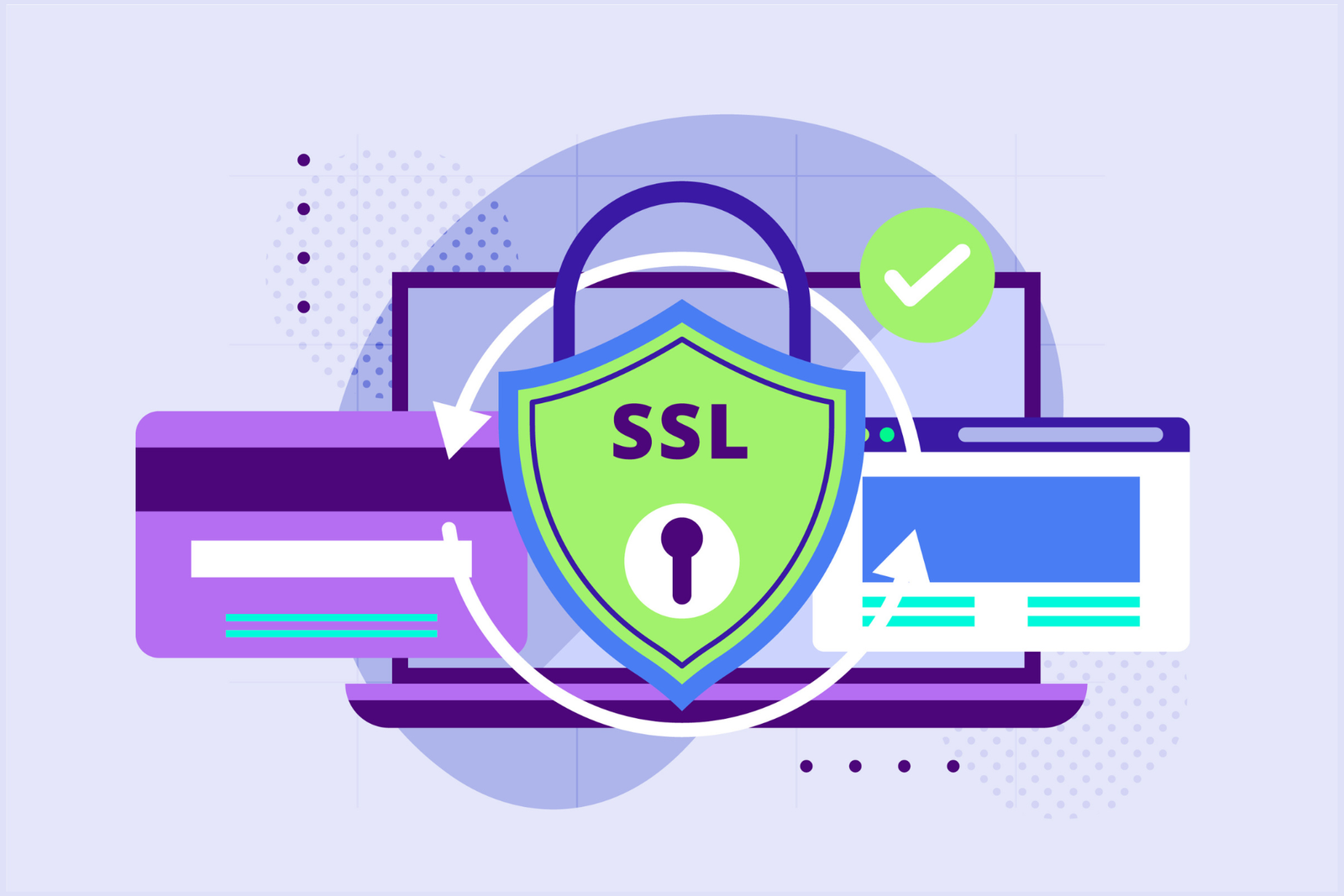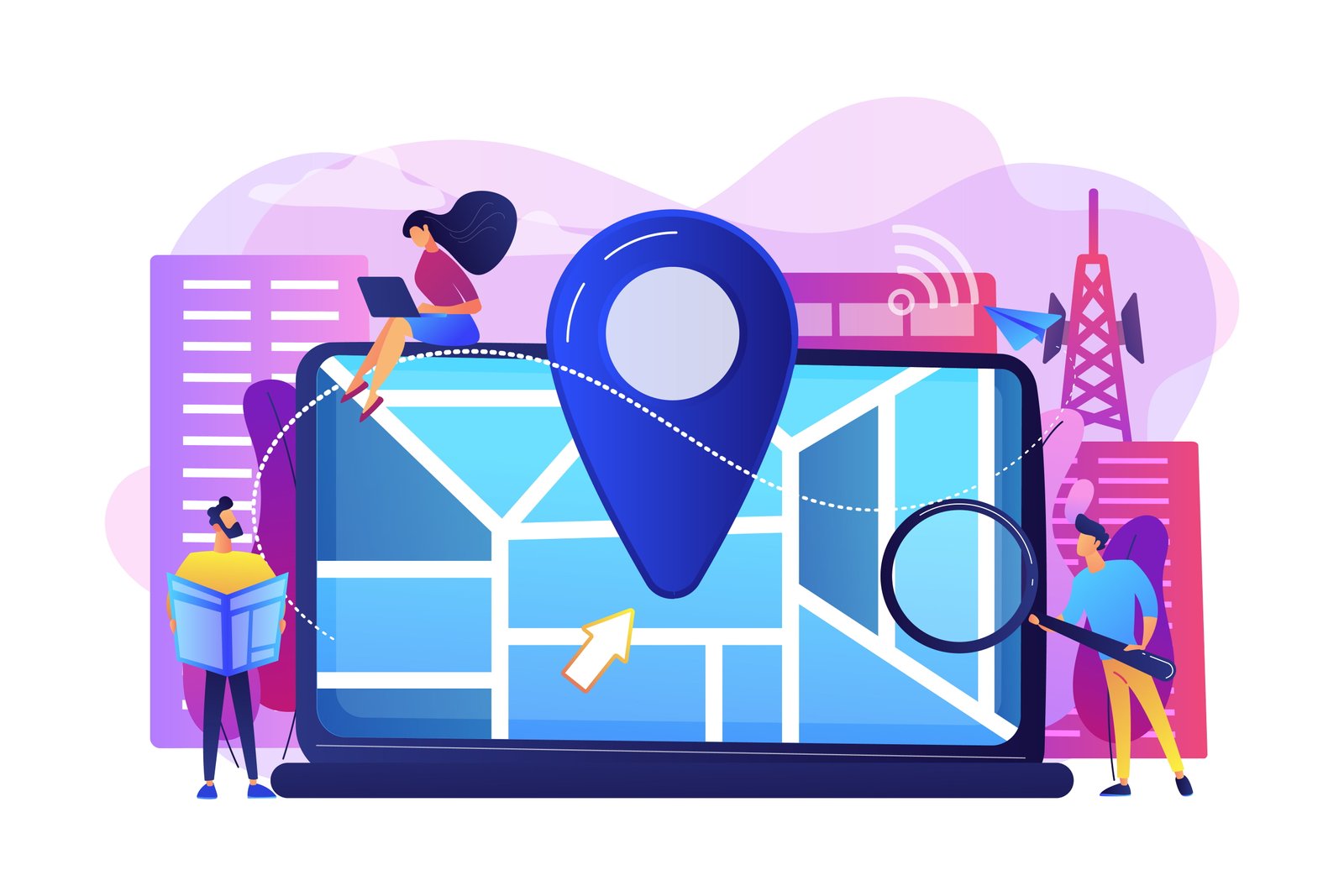
When used in SEO, GEO means the planning of content and keywords to suit some particular area. With the advent…

When used in SEO, GEO means the planning of content and keywords to suit some particular area. With the advent…

Startup Champions! I’ve been doing SEO for more than a decade. I must bring to your attention that it’s an…

Yes, having SSL (Secure Sockets Layer) on your photography portfolio website is essential. Here’s why: When choosing a portfolio website…

What technical SEO issue can you solve with an SSL certificate? The main answer is Insufficient site security. An SSL…

Generative Engine Optimization (GEO) is concerned with improving AI-generated content; Search Generative Experience (SGE) is concerned with the enhancement of…

In this article we will talk about ‘Difference between GEO and SEO : Complete Guide’ Definition Primary Objective Techniques…

in this article we will talk about “Research Studies and Statistics Of Paid Media & Digital Marketing” Top 10 Paid…

In this article, we will talk about ‘local business marketing ideas’. In today’s ever-changing business world, innovating marketing strategies is…

In this article we will talk about ‘Digital marketing for non-profits’ What Is Digital Marketing for Nonprofits? Digital marketing for…

Identify your audience’s interests and needs To write a blog that resonates, you have to know your audience inside and…
Intech Sea, we understand that the digital ecosystem is not merely a platform for businesses but a vast sea teeming with potential.
You Will Recive The Latest NewsAnd Update
Copyright © 2024 Intech Sea